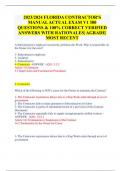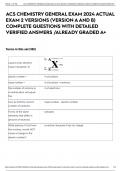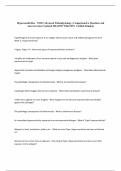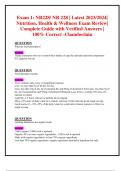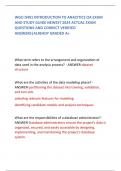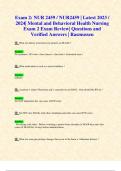Exam (elaborations)
Solution Manual For Income Tax Fundamentals 2021 39th Edition by Gerald E. Whittenburg, Martha Altus-Buller, Steven Gill Chapter 1-12
Solution Manual For Income Tax Fundamentals 2021 39th Edition by Gerald E. Whittenburg, Martha Altus-Buller, Steven Gill Chapter 1-12
[Show more]





